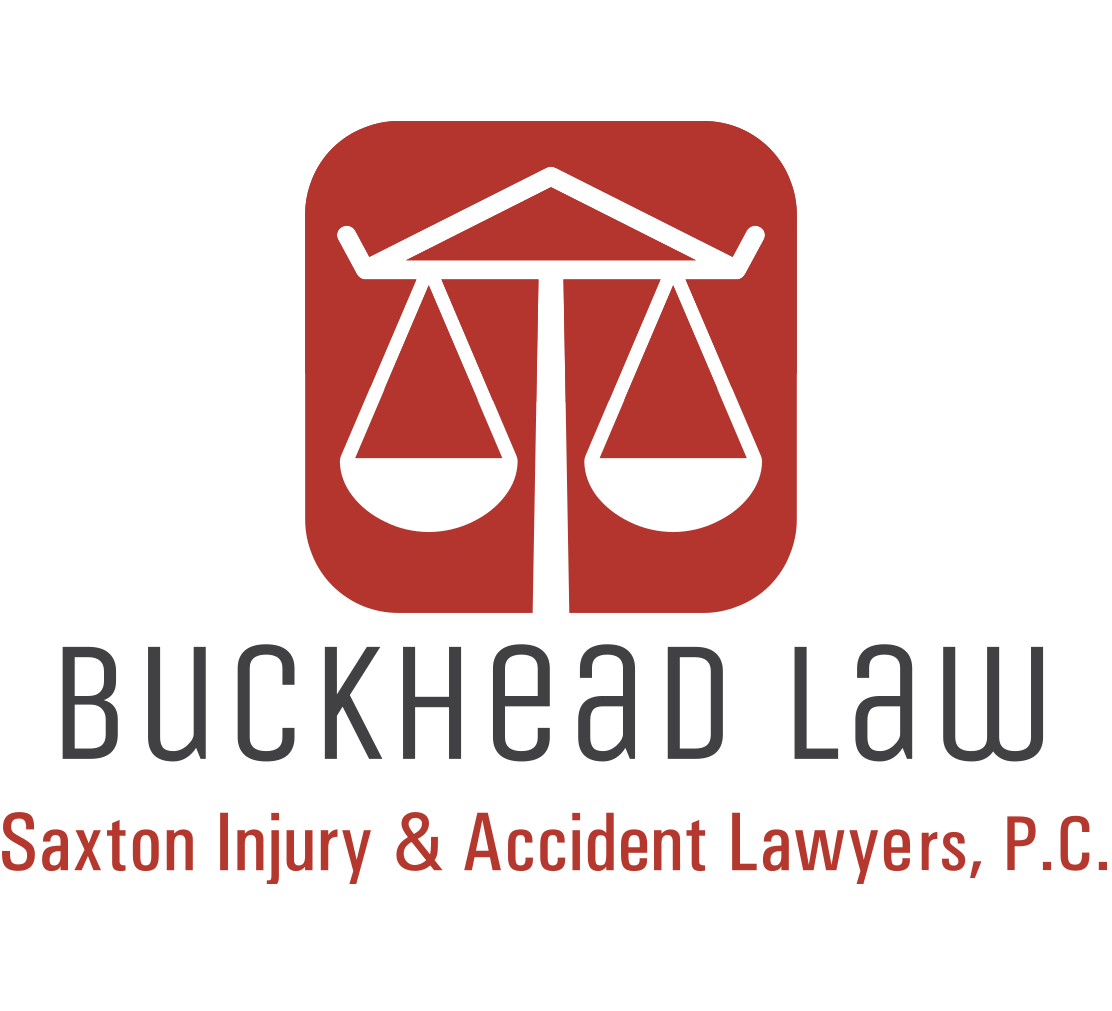All motor vehicle accidents have the potential to lead to serious injuries and damages. However, what happens if the at-fault driver does not have any motor vehicle insurance coverage – or if they do not have sufficient coverage? In that situation, the injured accident victim can file an uninsured or underinsured motorist claim with their own insurance company. A totally uninsured motorist claim is called a UM claim, while an underinsured motorist claim is called a UIM claim. Both of these are examples of first-party insurance claims.
Navigating the claims-filing process can be extremely difficult to do on your own. Therefore, if you suffered injuries in a car accident that an uninsured or underinsured motorist caused, you need to involve a skilled Atlanta car accident lawyer in your case right away. Your lawyer can review all of your legal options with you, file the appropriate claim on your behalf, and pursue the financial recovery you deserve.
Types of Car Accidents that Uninsured or Underinsured Drivers May Cause
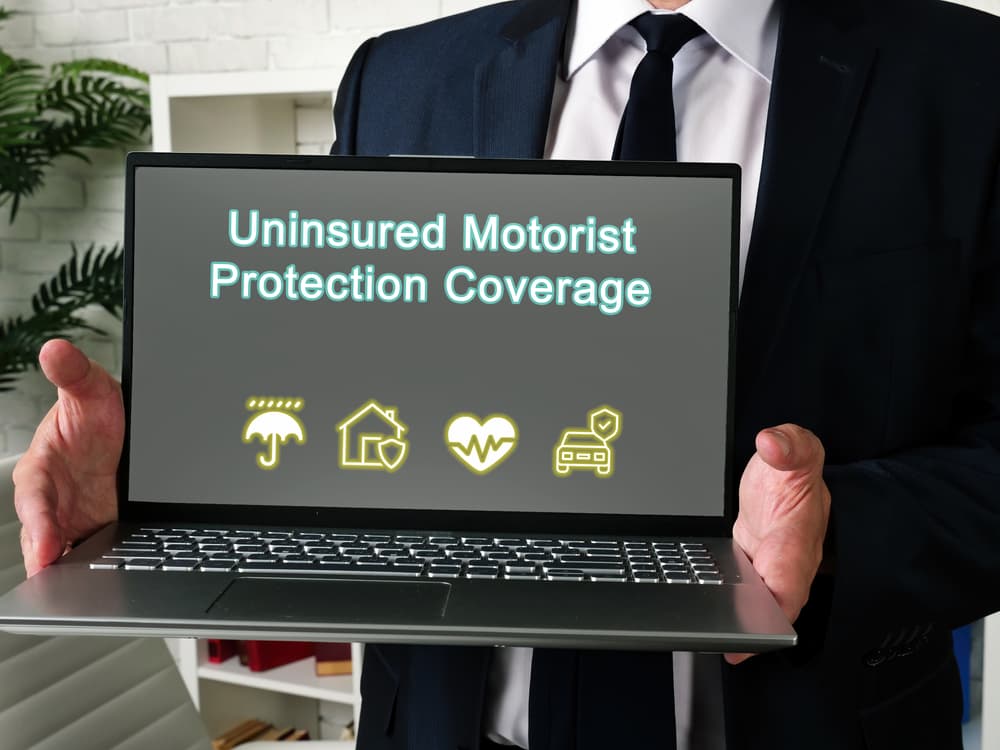
Uninsured or underinsured motorists can be involved in various types of motor vehicle collisions, contributing to the complexities of road safety and insurance claims. One common scenario is a rear-end collision, where the uninsured or underinsured motorist fails to maintain a safe following distance, resulting in a collision with the vehicle ahead. These collisions can lead to a wide range of injuries and vehicle damage for the innocent party.
Side-impact collisions, which often occur at traffic intersections, are another potential outcome. In these situations, the uninsured or underinsured motorist may disregard traffic signals, fail to yield the right-of-way or run a stop sign, leading to a collision with another vehicle traveling through the intersection. The force of impact in one of these collisions can result in severe injuries and significant property damage.
Similarly, unsafe lane changes are a common cause of collisions involving uninsured or underinsured motorists. These drivers may neglect to use their turn signal, fail to check their blind spots or make abrupt lane changes without ensuring that it’s safe to do so. These collisions often result in sideswipe accidents or more severe crashes, depending upon the vehicle’s speed and circumstances.
Failure-to-yield accidents are another type that uninsured or underinsured motorists may cause. These accidents can happen when one driver fails to give the right-of-way to another driver, whether at a stop sign, highway merge lane, or left-turn lane. Such collisions can lead to T-bone accidents or other forceful crashes, causing harm to both the individuals and vehicles involved.
In some cases, the uninsured or underinsured motorist may be responsible for multi-vehicle pile-ups on highways or busy roads. Their failure to react appropriately to changing traffic conditions, distracted driving, or reckless behavior can trigger a chain reaction involving multiple vehicles and causing extensive property damage.
Hit-and-run accidents are also a significant concern involving uninsured motorists. After causing a collision, these drivers may flee the scene to avoid legal consequences. Hit-and-run accidents leave the innocent party dealing with the aftermath, often without a way to identify or hold the responsible party accountable.
Understanding the diverse types of motor vehicle collisions that uninsured or underinsured motorists may cause highlights the importance of having adequate uninsured/underinsured motorist coverage. This coverage becomes a financial safety net for many accident victims, providing compensation when they are involved in an accident with a motorist who lacks sufficient insurance coverage. Additionally, promoting awareness of responsible driving practices and the importance of insurance coverage can contribute to overall roadway safety.
Injuries that Car Accident Victims Can Suffer
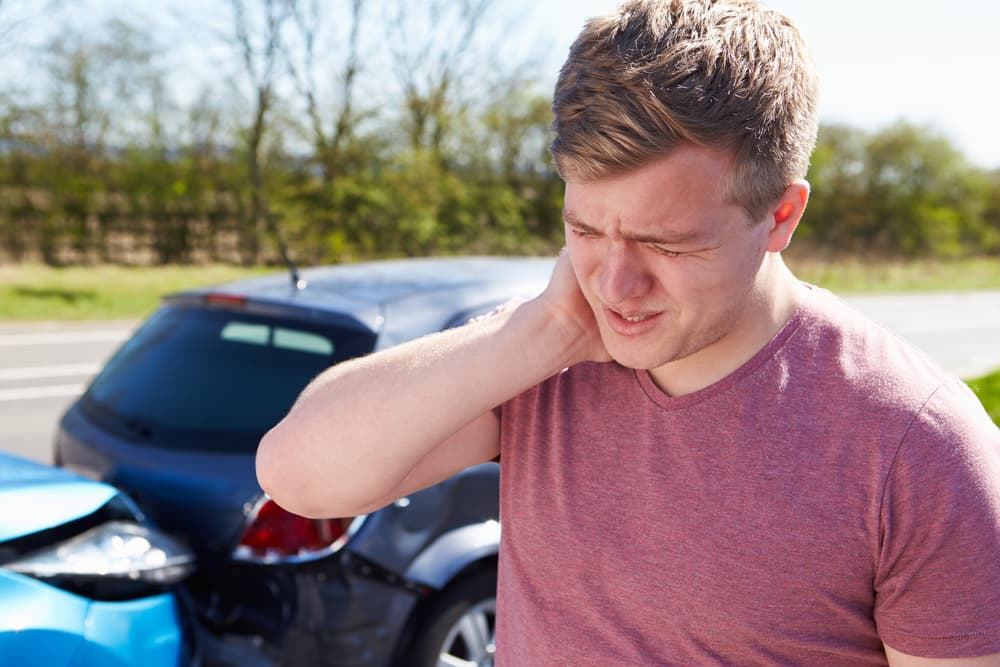
Car accidents involving uninsured or underinsured drivers can result in a range of injuries for those involved. One common injury is whiplash, often associated with rear-end collisions. The forceful back-and-forth motion of the head and neck upon impact can lead to strain, sprains, and other soft tissue injuries, causing pain and a restricted range of motion.
Bone fractures and rib fractures are also prevalent in car accidents involving uninsured or underinsured drivers, particularly in high-speed collisions. The sudden force can lead to broken bones, ranging from minor fractures to more severe compound fractures, depending upon the accident circumstances.
Internal injuries may also pose a hidden threat to accident victims. The high-speed force of a collision can cause damage to internal organs, leading to bleeding, organ failure, or other life-threatening complications. Prompt medical attention is crucial to diagnose and address these injuries.
Head injuries are another significant concern. Even in seemingly minor accidents, the sudden jolt can cause the accident victim’s head to strike the steering wheel, dashboard, or window. This may result in concussions (in other words, brain bruises) or more severe traumatic brain injuries, affecting the accident victim’s short and long-term memory, cognitive abilities, and overall well-being.
Back injuries are also common in car accidents, affecting the spine and surrounding structures. Herniated discs, fractures, and spinal cord injuries can result from the forces experienced during a collision, leading to chronic pain, limited mobility, and potentially permanent consequences.
Moreover, burn injuries may occur if a car catches on fire during or after an accident. These injuries can be severe, causing pain, scarring, and long-term complications.
Finally, psychological injuries, such as post-traumatic stress disorder (PTSD) and anxiety, can result from accidents with uninsured or underinsured drivers. The emotional trauma of a car crash can linger long after the accident victim’s physical injuries have resolved, affecting the mental well-being of those involved.
It’s essential for accident victims to seek immediate medical attention after a car collision, even if injuries seem minor at first. Some injuries may not manifest symptoms immediately, and early diagnosis and treatment are crucial for achieving a full medical recovery. Additionally, consulting with legal professionals is important when it comes to exploring available avenues for compensation – especially when dealing with uninsured or underinsured motorists – to help cover medical expenses and address the physical and emotional aftermath of the accident.
What is a UM/UIM Claim?
Accident victims may consider filing an uninsured or underinsured motorist claim under various circumstances when the responsible party lacks sufficient insurance coverage. One common scenario is when the at-fault driver is uninsured. In such cases, the injured party can file an uninsured motorist claim with their own insurance company to seek compensation for medical expenses, property damage, and other losses resulting from the accident.
Similarly, an accident victim may pursue an underinsured motorist claim when the at-fault driver’s insurance coverage is insufficient to cover the full extent of the damages. If the responsible party’s insurance limit is lower than the actual costs that the victim incurred, then underinsured motorist coverage on the victim’s policy may be available to bridge the gap.
The timing for filing an uninsured or underinsured motorist claim is often contingent upon the specific circumstances of the accident. Typically, victims should promptly report the accident to their own insurance company, providing details of the incident, and then inquire about the process for filing an uninsured or underinsured motorist claim.
It’s crucial to note that uninsured or underinsured motorist coverage is not automatically triggered. The victim may need to demonstrate that the other driver is indeed uninsured or underinsured, and this often involves obtaining a police report, collecting witness statements, and providing evidence of the at-fault driver’s lack of insurance or insufficient coverage.
In some cases, the filing deadline for uninsured or underinsured motorist claims may be subject to specific timelines outlined in the insurance policy. Therefore, accident victims should review their insurance policies carefully and adhere to any stipulated deadlines for filing claims.
Furthermore, the victim’s own conduct following the accident can affect their eligibility to file an uninsured or underinsured motorist claim. Cooperation with law enforcement, seeking prompt medical attention, and documenting the details of the accident can strengthen their claim.
It’s also advisable for accident victims to consult with an attorney specializing in personal injury law when considering an uninsured or underinsured motorist claim. Legal professionals can offer guidance on navigating the complexities of insurance claims, ensuring that victims understand their rights and pursue fair compensation for their injuries and losses.
In essence, filing an uninsured or underinsured motorist claim becomes an option when the responsible party lacks sufficient coverage, offering a means for accident victims to seek compensation through their own insurance policies. Swift action, thorough documentation, and legal counsel contribute to a more effective and successful claims-filing process in these cases.
Legal Elements of Proof in a UM/UIM Claim
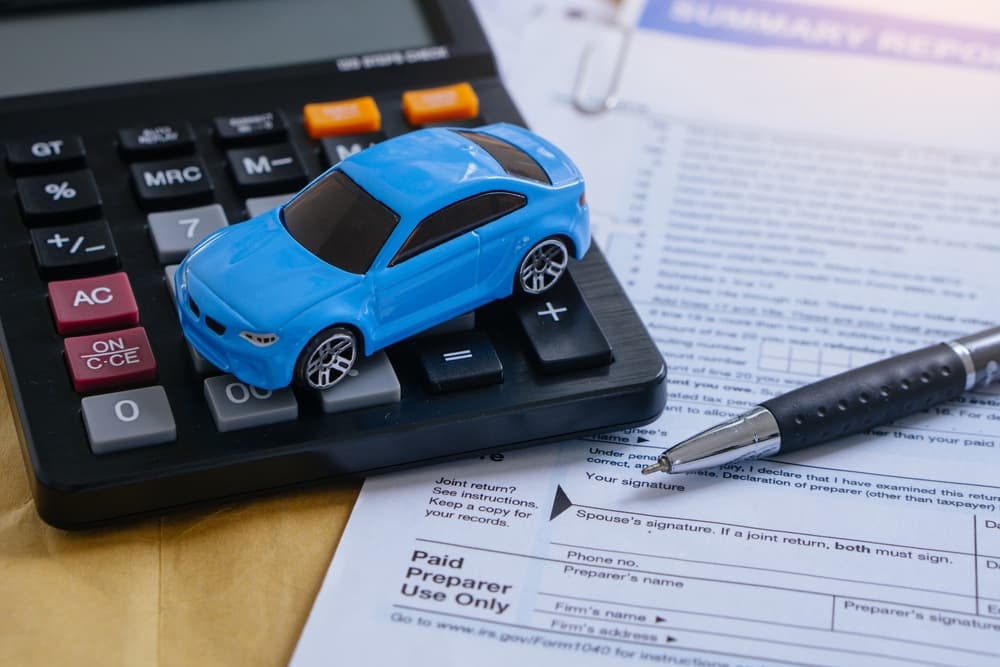
Successfully proving the legal elements of an Uninsured Motorist (UM) or Underinsured Motorist (UIM) claim is crucial for obtaining fair compensation for injuries when the at-fault party is uninsured or underinsured. This process involves navigating through specific legal requirements and building a robust case to support the claim. Here are some key steps to successfully proving the legal elements of a UM or UIM claim or lawsuit:
- Gather Evidence of Liability – Collecting evidence that establishes the liability of the uninsured or underinsured motorist is paramount. This includes obtaining a copy of the police report, taking photographs at the accident scene, gathering witness statements, and obtaining any available video footage. This evidence helps to demonstrate that the other driver was at fault for the collision.
- Confirm Lack of Insurance or Insufficient Coverage – Confirming that the at-fault driver is indeed uninsured or underinsured is crucial. This may involve obtaining statements from witnesses, seeking information from the at-fault driver, or working with law enforcement agencies. Comprehensive investigations can help substantiate the lack of insurance or the inadequacy of coverage.
- Review and Understand Policy Terms – Understanding the specific terms of the claimant’s insurance policy is essential. This includes thoroughly reviewing declaration pages, policy language, and any relevant endorsements. Knowing the coverage limits, exclusions, and other policy details is crucial for successfully proving the claim.
- Document Injuries and Damages – Proper documentation of injuries and damages is crucial for establishing the extent of harm suffered. This involves obtaining medical records, documenting property damage with photographs, and keeping records of all related expenses. Expert opinions from medical professionals can further strengthen the claim by establishing a clear connection between the accident and the injuries.
- Maintain Detailed Records – Keeping detailed records of all communications with insurance companies, medical professionals, and other relevant parties is essential. This includes correspondence, phone calls, and any written documentation related to the claim. Comprehensive record-keeping helps demonstrate the claimant’s diligence and transparency throughout the process.
- Seek Legal Counsel – Seeking experienced legal counsel is advisable in a UM or UIM claim. Experienced personal injury attorneys can provide guidance on the legal requirements specific to the claimant’s jurisdiction, negotiate with insurance companies, and, if necessary, pursue legal action on behalf of the claimant.
By following these steps and building a well-documented and legally sound case, claimants increase their chances of successfully proving the legal elements of a UM or UIM claim. This ensures that they receive the compensation they deserve for injuries and losses resulting from accidents involving uninsured or underinsured motorists.
Recoverable Damages in a UM/UIM Claim
A UM or UIM, car accident claim, allows the injured party to seek various types of damages to cover the losses they incurred due to the at-fault driver’s negligence or lack of insurance coverage. These damages aim to provide financial compensation for the physical, emotional, and financial effects of the car accident.

- Medical Expenses – One of the primary types of damages sought in a UM/UIM claim is compensation for medical expenses. This includes costs associated with prescription medications, hospitalizations, surgeries, rehabilitation, and any other related medical care. The goal is to ensure that the injured party doesn’t bear the financial burden of their healthcare needs resulting from the accident.
- Pain and Suffering – Non-economic damages, such as pain and suffering, aim to compensate for the physical and emotional distress that the car accident and resulting injuries caused. This subjective form of compensation considers factors like the severity of injuries, ongoing pain, and the overall effect on the victim’s quality of life and activity levels.
- Property Damage – Compensation for property damage covers the costs associated with repairing or replacing the damaged vehicle. This includes not only the vehicle itself but also personal property inside the vehicle that may have incurred damage during the car accident.
- Lost Wages – Damages for lost income are another critical component of a UM/UIM claim. If the accident causes the victim to miss work due to injuries, medical appointments, or recovery time, they can seek compensation for the income they may have earned during that period. This also extends to future lost earning capacity if the injuries result in a long-term effect on the accident victim’s ability to work and make money.
- Loss of Consortium – In some cases, damages for loss of consortium may be recoverable. This type of compensation is for the negative effects the accident-related injuries have on the victim’s relationship with their spouse or family, including the loss of support, intimacy, and companionship with others.
Successfully recovering these damages in a UM/UIM claim requires meticulous documentation, expert assessments, and often experienced legal guidance. A knowledgeable car accident lawyer will do everything possible to maximize the financial damages you recover in your UM/UIM claim or lawsuit.
Speak with a Car Accident Lawyer in Your Area Today
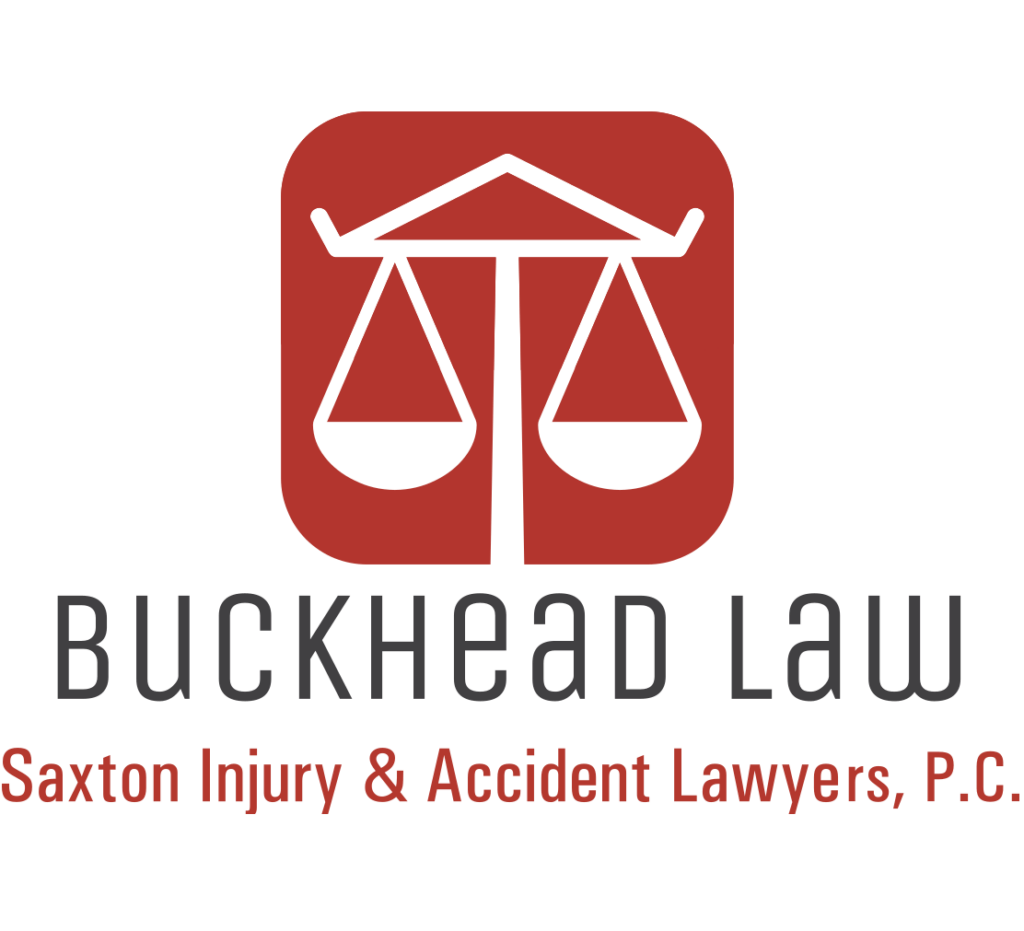
If you sustained injuries in a car accident that occurred because of an uninsured or underinsured motorist’s negligence, you have legal rights and options available. A knowledgeable personal injury attorney can review those options with you, file the appropriate claim with the insurance company, and pursue the compensation you need to fully recover from your losses.
